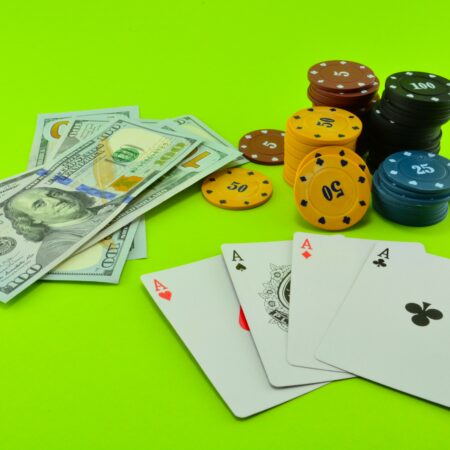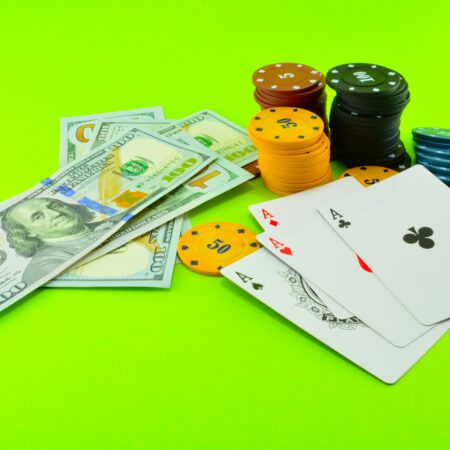Explore the psychology of high rollers, their behavior, and motivations behind taking massive risks and placing big bets. Understand the allure of high stakes and the factors that contribute to their gambling behavior.
Exploring the Psychology of High Rollers: The Thrill of Big Bets
Have you ever wondered what drives high rollers to take massive risks and place big bets at casinos? The psychology behind their behavior is fascinating, and it offers valuable insights into the world of gambling. In this article, we will delve into the psychology of high rollers, exploring the thrill they experience and the factors that contribute to their gambling behavior.
The Allure of High Stakes
For high rollers, the thrill of gambling comes from the adrenaline rush they experience when placing large bets. The size of the bet itself becomes a crucial factor in their enjoyment of the game. Unlike casual gamblers who may opt for lower risk bets, high rollers seek the excitement and challenge that comes with high-stakes gambling.
One explanation for the allure of high stakes is the concept of arousal theory. According to this theory, individuals have an optimal level of arousal that they seek to maintain. High rollers are driven by the desire to reach a higher level of arousal than what is normally experienced in day-to-day life. The emotional intensity associated with big bets satisfies their need for heightened excitement and stimulation.
The Status and Prestige of High Rollers
Another psychological factor that plays a significant role in the behavior of high rollers is the status and prestige associated with their gambling habits. High rollers are often seen as glamorous and powerful individuals, and their ability to place big bets reinforces their image of wealth and success.
For some high rollers, the act of wagering large sums of money is a way to assert dominance and establish social standing. The attention and recognition they receive from others when they take risks and win big further fuels their desire to continue gambling at high stakes.
The Illusion of Control
High rollers often believe they have a certain level of control over the outcome of their bets. This sense of control is enhanced by their experience and knowledge of the game. They may develop strategies and systems to increase their chances of winning, which further reinforces their belief in their ability to influence the outcome.
This illusion of control is a cognitive bias known as the gambler’s fallacy. It is the tendency to believe that past events influence future outcomes, even though the two events are unrelated. High rollers may attribute their wins to their skills or strategies, and their beliefs are reinforced when they experience success. This false sense of control can lead them to take even bigger risks, with the belief that they can outsmart the odds.
The High of Winning and the Fear of Losing
One of the main motivations for high rollers is the thrill of winning. The rush they experience when their bets pay off can be addictive, triggering the release of dopamine in the brain. This neurotransmitter is associated with feelings of pleasure and reward, reinforcing the behavior that led to the win.
On the other hand, high rollers also experience the fear of losing. The potential loss of a large sum of money can generate intense anxiety and stress. However, the fear of losing can also serve as a motivator to continue gambling, as high rollers seek to recoup their losses and experience the euphoria of winning once again.
Conclusion
The psychology of high rollers is complex and multi-faceted. The allure of high stakes, the status and prestige associated with their gambling habits, the illusion of control, and the thrill of winning and fear of losing all contribute to their behavior. By understanding the psychology behind high rollers, we can gain insights into the fascinating world of gambling and approach it with a more nuanced perspective.










